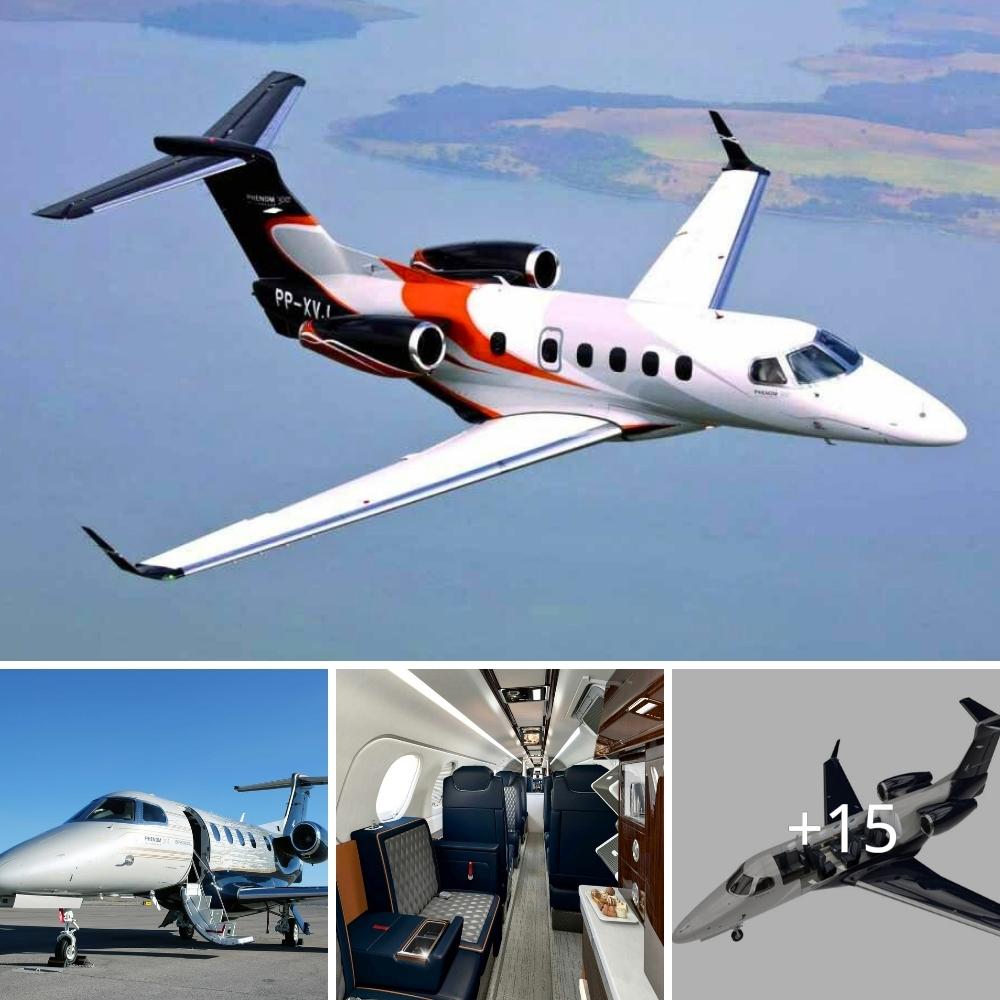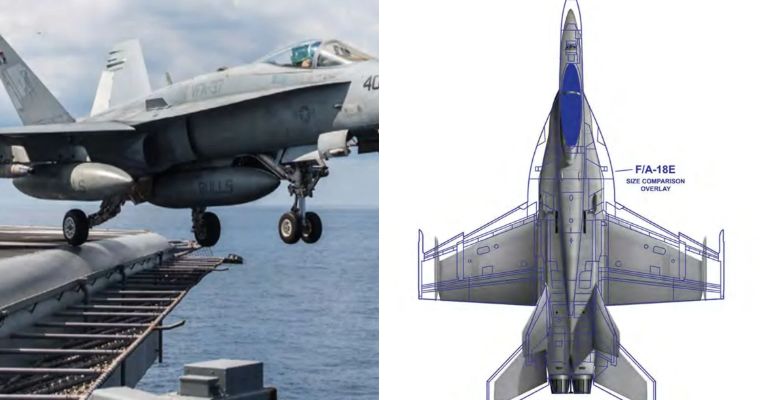The Aerofugia AE200 technical demonstrator is a full-size, five-seat eVTOL air taxi prototype with tilting propulsion units. It’s a clear statement of intent: this Chinese automaker has serious designs on the urban air mobility space.

Remember the Terrafugia Transition flying car, out of Massachusetts? Terrafugia was acquired by Chinese giant Geely in 2017, after which it pivoted to designing transitioning eVTOLs, and then was more or less shut down and relocated to China in 2021. Geely then put some US$55 million into German eVTOL company Volocopter, started up a subsidiary called Aerofugia in Chengdu, and set up a joint venture to go into the eVTOL air taxi business.
Now, Aerofugia has a full-scale prototype in the air, developed from some of the later eVTOL designs from the Terrafugia team. The AE200-series technical demonstrator is a five-seat electric air taxi with a broad, top-mounted wing, and four long propulsion pods, each with a propeller at each end. The front bank of props is capable of tilting fully horizontal for cruise flight, and the inner two pods are connected by a rear wing and extend back into vertical tail fins.
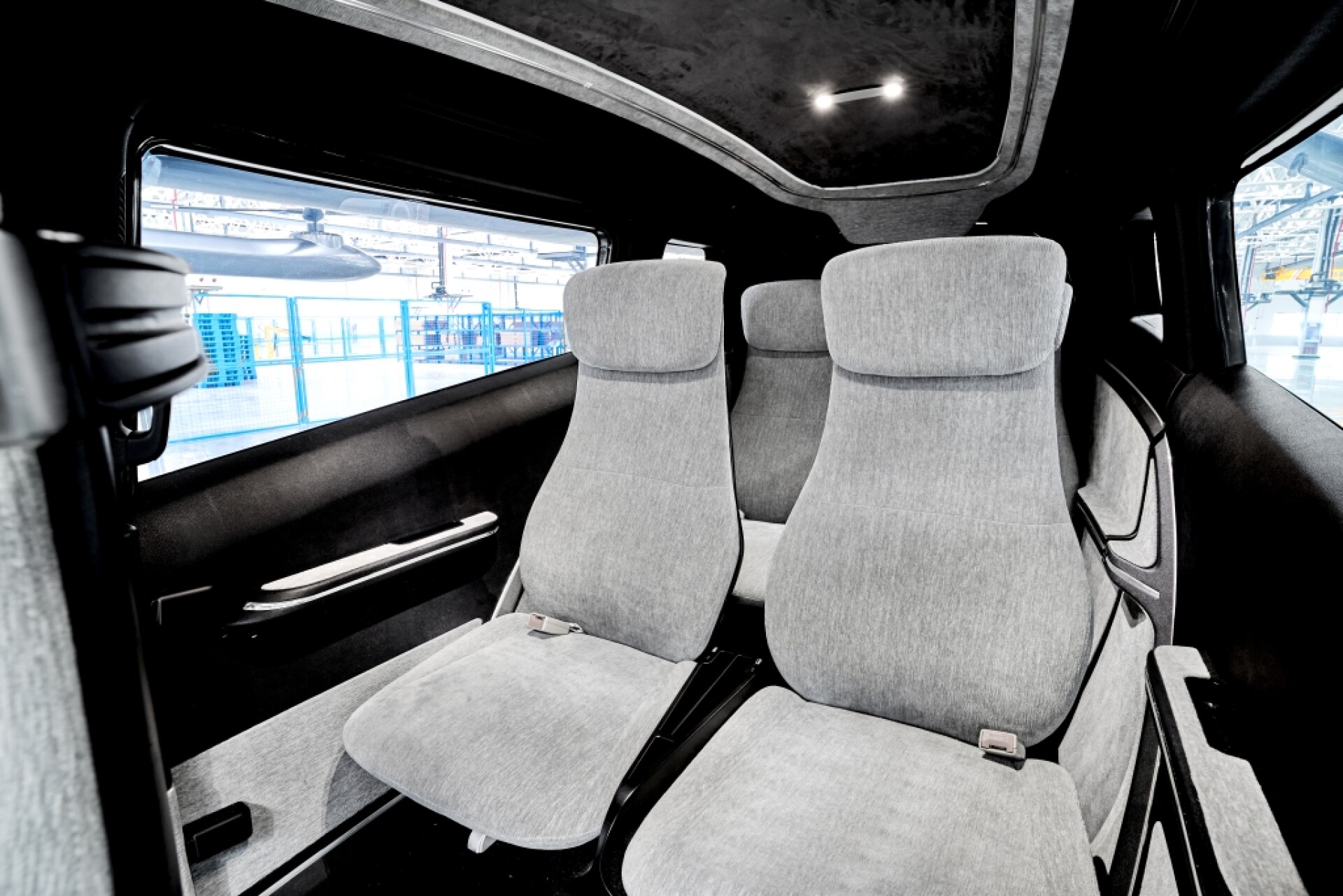
Like fellow Chinese eVTOL companies Autoflight and TCab Tech, Aerofugia is planning to go to market with a piloted design, rather than leaping straight into autonomous air taxis like eHang is already using to fly the public around.
While the AE200 prototype is the largest Chinese eVTOL ever flown, according to the South China Morning Post, it’s unclear exactly how close this machine is to the TF-2, the aircraft Aerofugia hopes to get certified and into service by 2025-6.
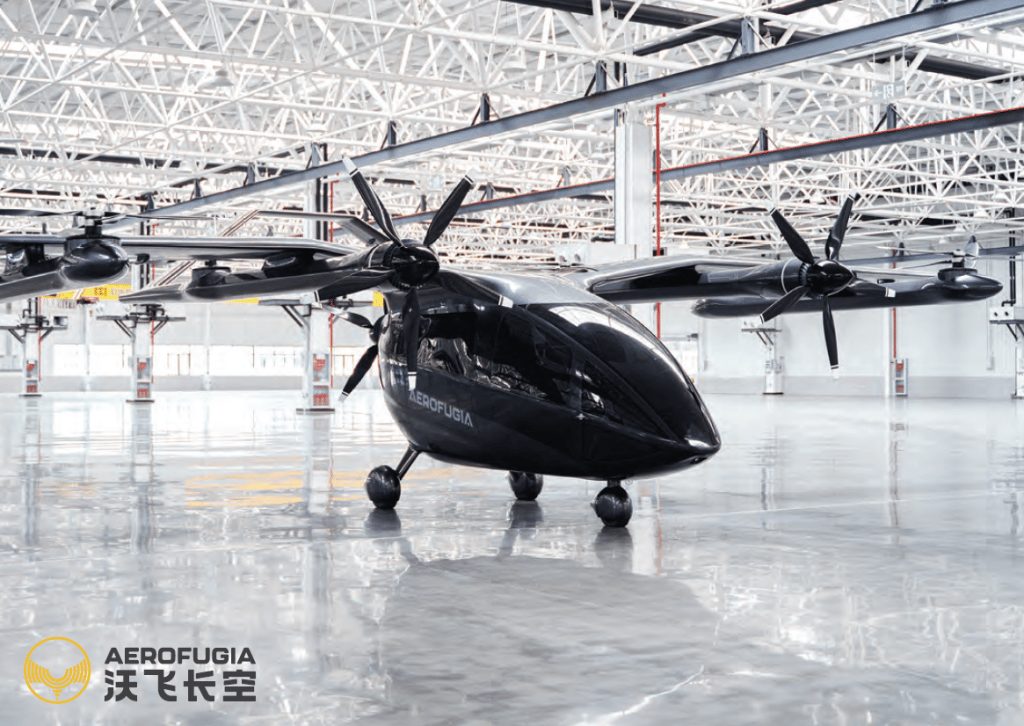
The TF-2 is also a five-seater, but appears to run a different cabin shape, a raised rear wing, and a pusher prop behind the cabin for cruise flight. Only the inner two of its front propellers appear to be capable of tilting forward in cruise flight, with the rest remaining vertically oriented.
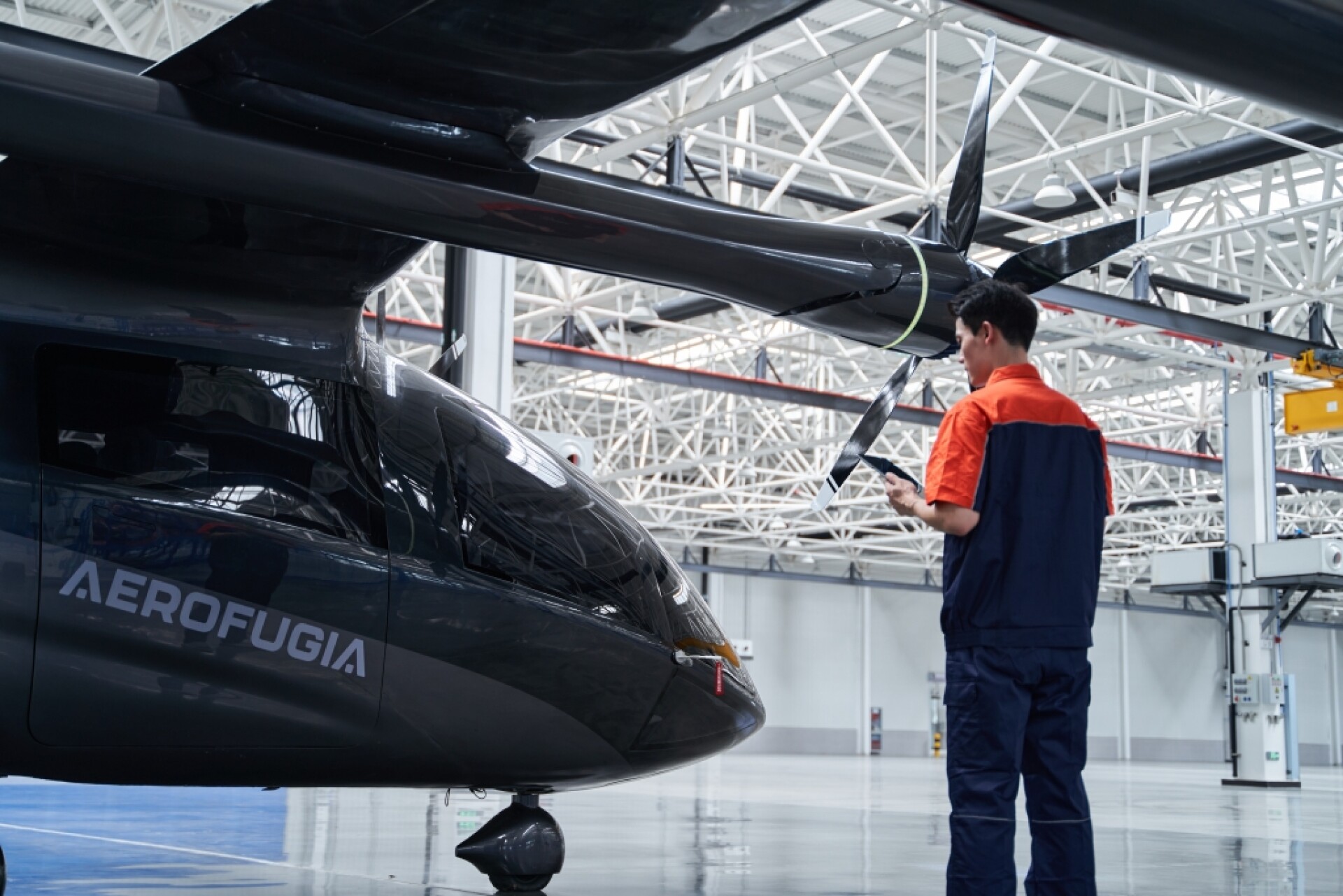
Geely is only the seventh largest automaker in China, but it still sells more than two million cars a year, with revenues around the $14-billion mark annually. As a parent company to Aerofugia, it brings enormous volume manufacturing capability to the table, even if there’s a pretty huge step to be navigated between automotive and aerospace. So Aerofugia could definitely grow to become a very significant player in this space.
Sources: Aerofugia via South China Morning Post and Urban Air Mobility News



